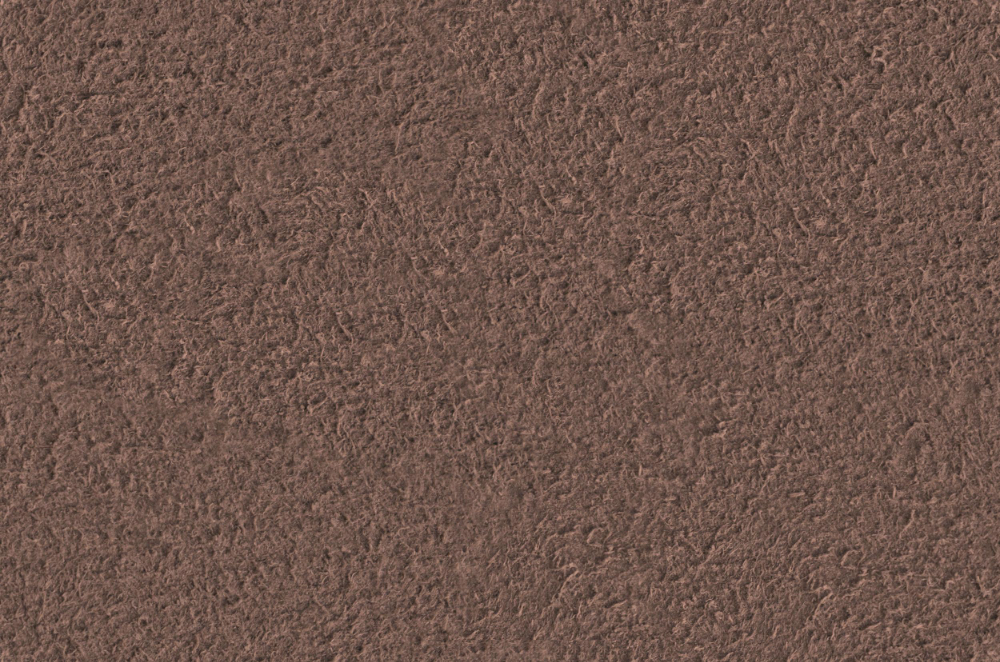Suede
Category
Fabric
Download
Edit
Leather is a natural material made by chemically treating animal skin, or hide, in a process known as tanning, to prevent rot and decay when dried. It is a mailable yet strong, highly durable, thermally insulating and waterproof membrane which has been used for millennia to keep wearers warm and dry, most commonly sourced in modern times from cattle, sheep, pigs, horses and buffalo, while crocodile and seal leather are still reasonably widespread and sought after for their higher degree of durability, moisture resistance and strength. Other leathers are used, although they are limited due to the rarity of the animal, the difficulty in hunting and obtaining the skin and the expensive tracking, hunting and importation costs, making ‘exotic’ leathers extremely valuable and strengthening their association as a classy, elegant material with connotations of wealth, opulence or extravagance. These notions have seen leather considered a premium product in fashion, despite its origins as a highly useful yet functional clothing fabric, or its practical use historically for soldiers, hunters, or frontier workers, such as cowboys, to keep them warm, dry and better protected from the penetration of predator’s teeth, or the swords and weapons of rival armies. Leather products are particularly synonymous with cowboys, who used the material extensively to form saddles, reins, whips, water bottles, gun holsters, shoes, boots, chaps, jackets and hats due to its versatile, flexible, comfortable, smooth yet incredibly tough, weather and abrasion resistant properties, being easy to mould or cut to required shapes and uses and performing well under duress; protecting clothing underneath while being sufficiently hard wearing, impervious and low maintenance to last in both hot, dry and cold, wet climates without significant degradation or loss of flexibility. More recently, leather also became popular with motor bikers, as it protects from wind, rain and potential road rash should they crash. Its resistance and malleability have also seen it widely used in various sports, in the form of balls, gloves, grips and bats.
It is possible for modern, synthetic textiles to reproduce the look of leather in a more ethical, sustainable and cost effective manner using wax or polyurethane treatments over a plastic base to replicate the colours, patterns and staining found in real leather, while being either porous and breathable, or completely waterproof depending on how it’s manufactured and which ingredients are used. Both real and artificial leathers remain popular as a highly effective upholstering material for soft furnishing and vehicle interior trims, steering wheels and seats, as they are easy to wipe clean, require minimal treatment and withstand abrasive uses, such as constant service and movement by drivers and passengers, or high volumes of visitors sitting and vacating seats. In modern culture, leather is also widely used on luxury purses, wallets and baggage, withstanding prolonged storage in and withdrawal from pockets for example, remaining soft and visually attractive yet strong and tight despite extended wear and tear. Crocodile, reptile and aquatic creatures’ leather from scaled skins is particularly sought after for these purposes, as well as for shoes, jackets and other such fashion items for their varied and highly unique appearance owing to their beautiful, vibrant, natural patterns.
Suede is a form of leather with a napped texture – a raised, softer, furry feeling – made from the underside of young bovine, sheep, deer and pig skin. By removing the thick, hardy external layer of skin, the softer, more mailable surface is revealed, although its split nature has a reduced level of durability compared to the full grain material. Young animals, such as calves and lambs are more desirable for suede as their hides are lighter, thinner, softer and smoother than mature animals. Pigskin is considered the toughest and most durable; lambskin the softest due to their woolier coats; while calfskin tends to provide the roughest, driest texture. By reducing the thickness and density of full leather, suede is easy to work and is most commonly employed as a high quality, distinctive, fine aesthetic for shoes, jackets and gloves – indeed the name Suede comes from a translation of the French phrase “Gants de Suede” meaning “gloves from Sweden,” stemming from its original use in fashion during the 20th century. Laterally, it is used for bags, upholstery and other high quality items due to its luxurious, highly comfortable feel owing to its soft, brushed, velvety characteristics. The lighter weight, pliability and delicacy of suede compared to full grain leather, while maintaining almost the same level of durability, can be desirable for making shoes which are functional yet classy and light, while its gentle, flowy, fuzzy properties make for an excellent, unique statement for clothing, or as an attractive highlight or accentuating fabric for trims on soft furniture and fashion accessories. Suede is however easily susceptible to staining and becoming stressed, dried out or cracking as its combination of open pores and short, tight fibres tend to absorb water and hold dirt, meaning the material must be well maintained to last a reasonable length of time. With modern, synthetic fibres, it is possible to manufacture faux suede from polyester, providing the same appearance as suede while improving its lifespan, durability, strength, water resistance and ease of maintenance. The base tones of this particular suede are a wash of light, pink hues giving way to a deep, wine or red-brown colour, with darker black-brown patches and lighter, brighter, beige-pink highlights, with a short but dense covering of soft, tufted fibres.
A seamless fabric texture with a suede surface. Seamless textures can be tiled repeatedly across a surface without visible seams making them useful for architectural drawings and 3D models. This image can be used as a SketchUp texture, Revit material or imported into Photoshop for use in 2D illustrations. A high resolution version of this texture is available, as well as CAD hatches and PBR maps with Architextures Pro.

